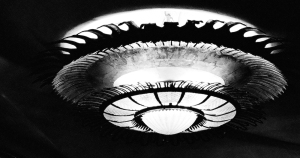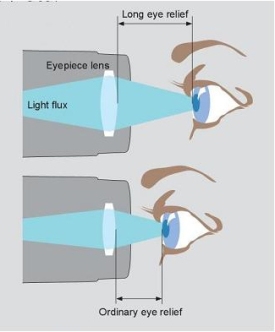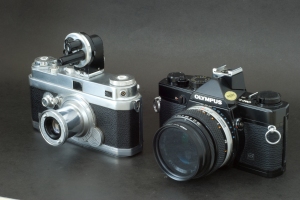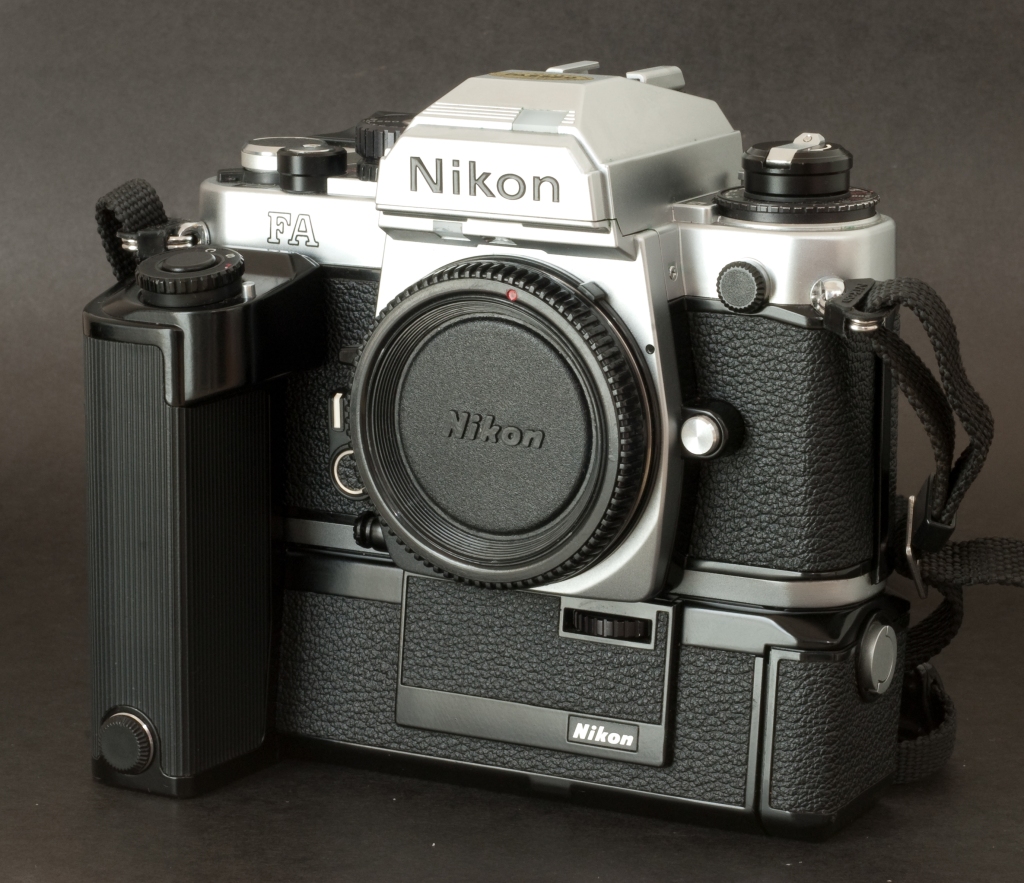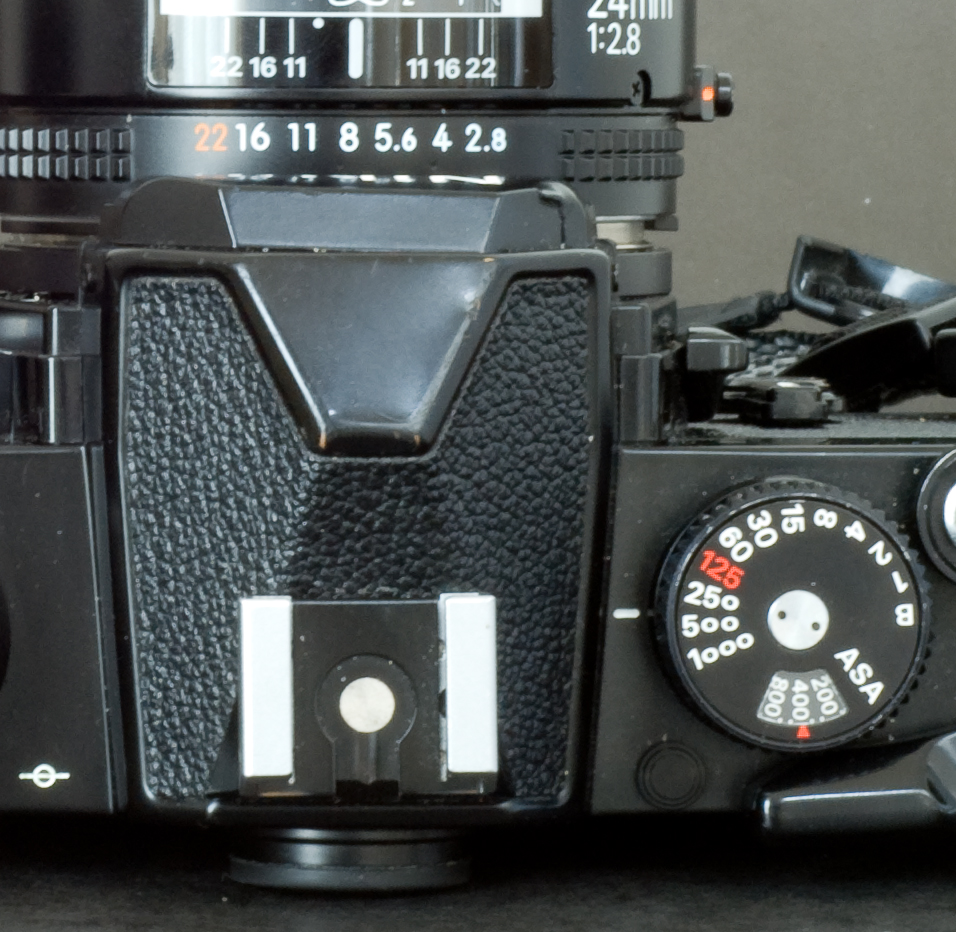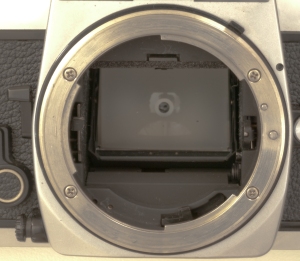The facts
Let’s take three lines of manual focus cameras which still have a very active second hand market today: the Leica R series, the Nikons FM & FE and their derivatives, and the Olympus OM-1 & OM-2 and their “single digit” descendants. Each line contains automatic exposure cameras (Leica R4, R5, R7; Nikon FE, FE2, FA; Olympus OM-2, OM2s, OM4, OM4t), and manual exposure cameras (Leica R6, R6.2; Nikon FM and FM2; Olympus OM-1 and OM-3).
For a given generation of camera, manual exposure models are almost always worth more than their automatic exposure siblings.
Average retail price of a camera in Excellent Condition (source: a reputable specialist of used photographic equipment)
| Brand | Manual Camera | Auto exposure Camera |
|---|---|---|
| Leica | R6.2: $ 999 | R7: $ 550 |
| Nikon | FM: $ 190 | FE: $ 170 |
| Nikon | FM2: $ 245 | FE2: $ 199 |
| Olympus | OM-1: $ 150 | OM-2: $ 190 |
| Olympus | OM-3: much more than $500 * | OM-4: $ 235 |
| Olympus | OM-3T: much more than $1,000 * | OM-4T or TI: $ 450 |
* No OM-3 or OM3 TI in excellent condition available – prices derived from eBay completed listings.

The reasons why
Buyers of film cameras belong to two non-mutually exclusive categories: collectors looking for rare, technically or historically significant cameras, and photographers looking for an alternative to modern all automatic digital cameras. Each category has different reasons for preferring cameras with mechanical shutters, which also happen to be manual exposure cameras.
One can only speculate when trying to understand what makes a camera valuable on the collectors’ market. Rarity and the perceived technical value of the camera are probably the two main factors driving the price of film SLRs on the second hand market. In the decade which saw the end of manual focus cameras (from 1980 to 1990), automatic exposure cameras sold in greater number than their manual exposure equivalent. Manual exposure cameras were already considered a specialty item, when automatic exposure SLRs were more mainstream, even for professional activities (Nikon F3, Canon T90). Even Leica users, who are among the most respectful of traditions, bought more automatic R7 than manual R6.2 in the nineties (29,500 vs 22,500 units produced).
The case for the technical value is more difficult to make. Electronic cameras offering multiple auto-exposure modes were very elaborate, and could be considered more valuable technically than simpler manual exposure SLRs, but this technical sophistication is now seen as an unnecessary source of complexity and unreliability.
The same way mechanical watches appeal to the collector who will ignore electronic time pieces, SLRs built around a mechanical shutter are generally more sought after than their electronic siblings. And when the manufacturer originally positioned the manual exposure camera as a high price/low volume item, the collectors go crazy about it. The Olympus OM-3TI sold for more than $1,500 when new, and only 4,000 were produced. No wonder that it’s extremely difficult to find now, and that it can reach prices in excess of $3,000.
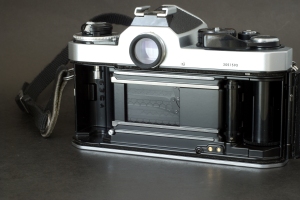
I don’t know what is the proportion of buyers of film cameras who actually use them. I hope a lot of them do. Photographers may use film cameras as a way to learn the basics of photography, as a backup – in case the battery or the electronics of their dSLR goes on strike, or because they like the direct control over the aperture, shutter speed and focus provided by cameras built before the advent of all-electronic-all automatic SLRs.
To my taste, aperture priority automatic exposure cameras are faster and easier to use their manual exposure equivalents – I miss a smaller proportion of potential interesting shots in auto exposure mode – and provided they benefit from some form of exposure memorization, automatic cameras will yield a higher proportion of good pictures than what I would get with manual cameras.
But I recognize I may be an exception. Photographers generally have two issues with auto exposure cameras: their dependency on batteries, and their supposed absence of reliability of their electronic circuits as they age.
When the battery of an auto exposure camera is dead, the camera will – in the best of the cases – limp on a single back-up mechanical shutter speed (1/60sec or 1/125s for most of the cameras, 1/250s for the Nikon FE2 or FA). The silver oxide batteries used in the eighties did not like cold temperatures, and auto exposure cameras were not ideal when attempting to shoot winter sports. But batteries are small, light and inexpensive, and keeping a set of fresh batteries in the camera bag is not too big of a constraint. Most cameras from the eighties can now use CR1/3n Lithium batteries, which have a very long (10 years) shelf life and are much more resistant to the cold than the silver oxide batteries commonly sold 30 years ago.
Manual exposure cameras have a mechanical shutter which wears with time, but is supposed to be easier to service or repair than the electronic controlled shutter of automatic cameras. Electronic components do not always age well, and can not be serviced or repaired; if they fail, they have to be replaced, and since they are not available from the manufacturers anymore, a circuit failure makes the camera as useful as a paperweight. Unless the photographer has an alternate source of spare parts, of course. If you really like a particular model of automatic camera, the best solution is probably to buy an extra one (or two) for parts, just in case.
The reason for the exceptions

There is no rule without a small list of exceptions. Two exceptions have to be mentioned.
The manual Olympus OM-1 is less expensive than its automatic siblings, the OM-2 and OM2-s. It’s a camera of the early seventies, which was produced in the millions during a fourteen years production run, and needs batteries of a type outlawed in the US since the eighties. There are substitutes, but they come with limitations (see the article about batteries in Photoetnography.com). The OM-2 and OM-2s work with easy to find alcaline or silver oxide batteries.
The Nikon FM3a. Built as a limited series camera by Nikon from 2001 to 2006, the FM3A combines in the same body the mechanical components and the electronic circuits needed to operate as a manual, mechanical shutter camera, and as an automatic, electronic shutter SLR. The best of both worlds. Its unique characteristics combined with relatively low production numbers (for a Nikon SLR) explain its high value on the second hand market: at least $500 for a nice one, much more for like-new items in their original box.
More
A good source for second hand cameras: KEH
Everything you need to know about camera batteries: photoethnography.com
